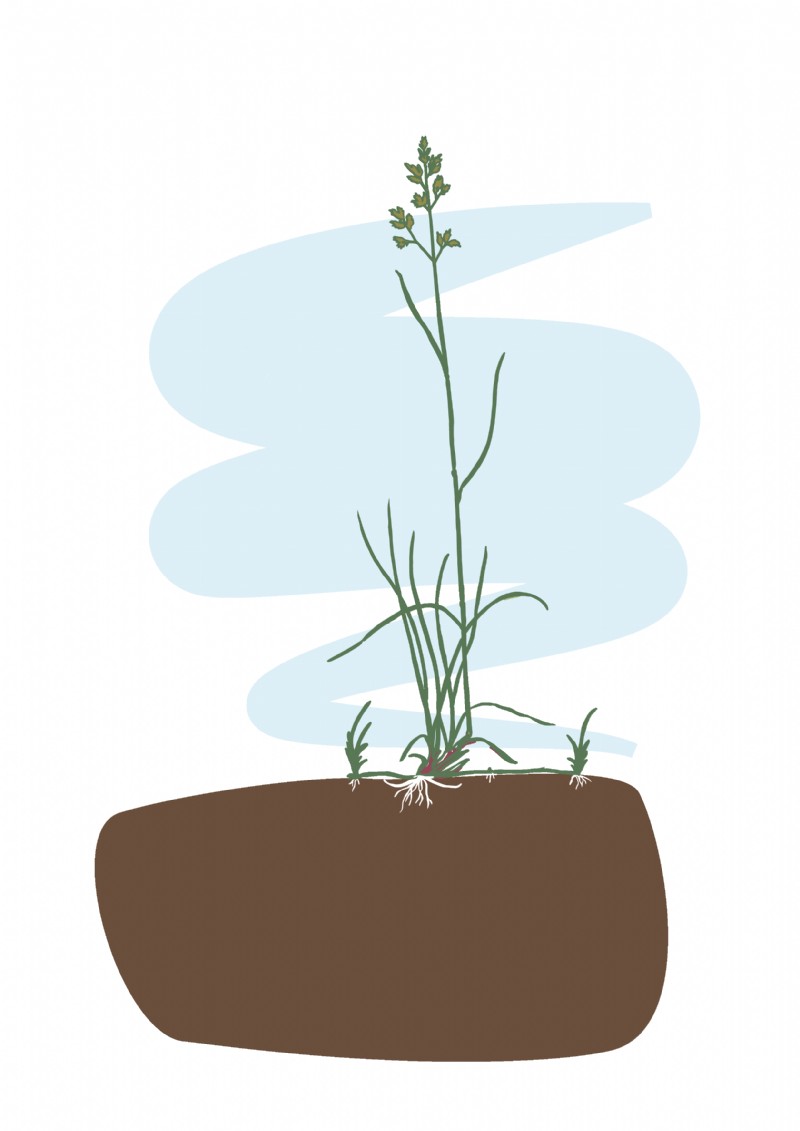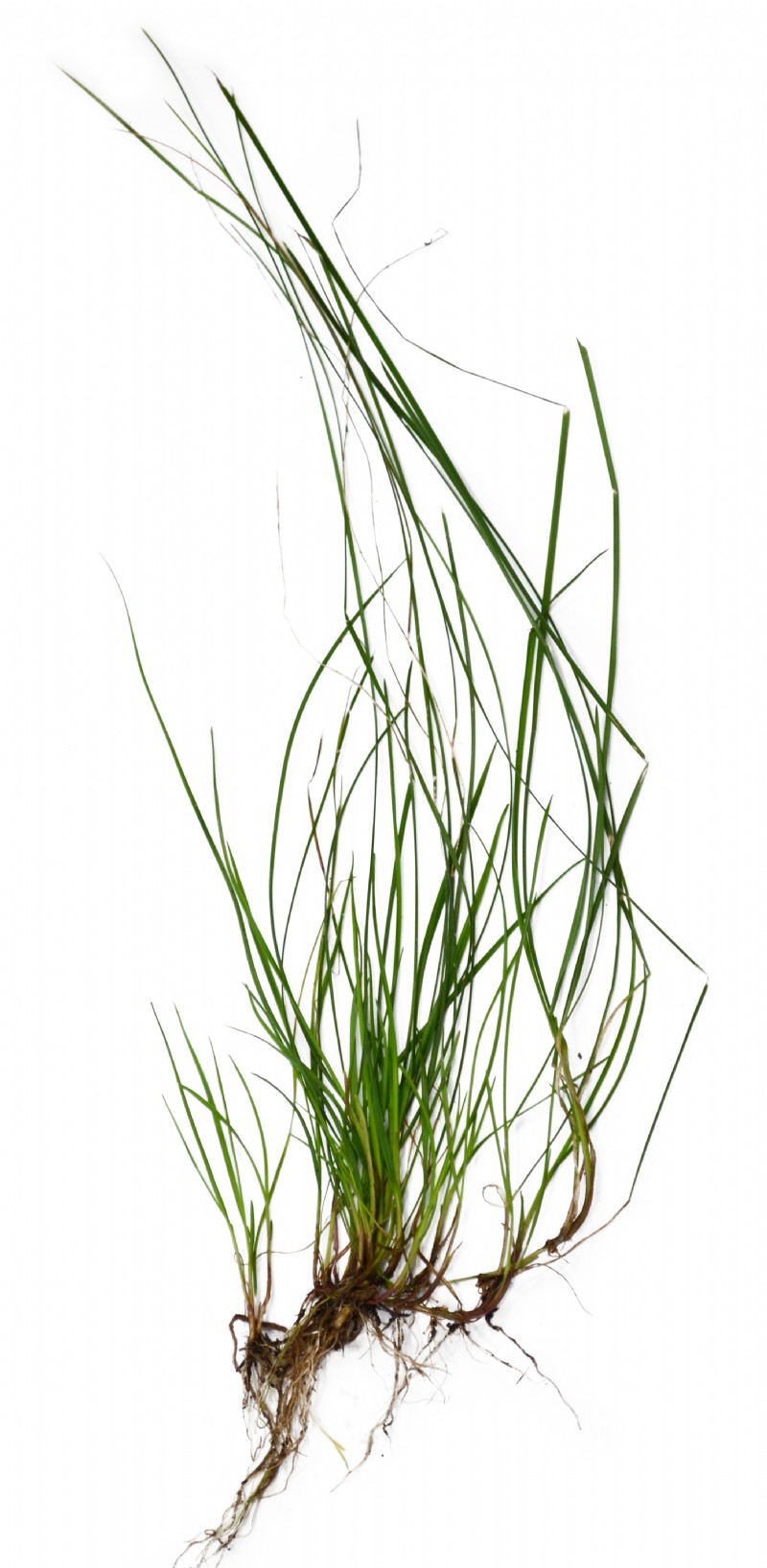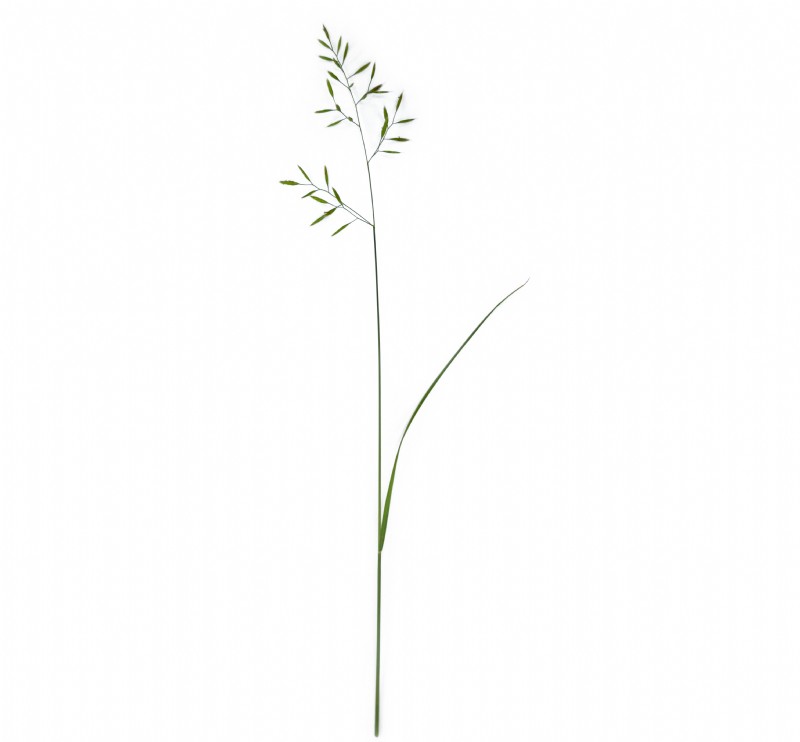Creeping Red Fescue
Often known as Strong Red Fescue, this common grass, as its name implies, has creeping rhizomes . It has a more vigorous creeping habit than some similar species which can help to create a dense, hardwearing turf or sward. These shallow creeping roots help it to remain green even in drier soils.
Uses
Often used in landscaping or amenity mixtures, where toughness and durability over a fine finish is required. Other more delicate species like Slender Creeping Red Fescue maybe used where a finer finish is required, for example in lawns. It can also be used to create a tougher sward in agricultural mixtures, such as horse pastures.
Persistence
A very persistent perennial grass species.
Strengths
Its creeping growth habit allows it to create a dense, tough sward. The creeping rhizomes can also access moisture in dry conditions, meaning it can stay greener throughout the summer.
Sowing Rate Advice
80kg per acre - 200kg per ha
Its unusual to sow this species as a pure stand in agricultural situations, amenity uses may require a higher sowing rate.
Mixture Sowing Rate Advice
1.5 - 2.5 kgs per acre / 3.75 - 6.25 kgs per ha.
Be cautious when including Strong Red Fescue in mixtures with less aggressive grasses, as it can have a smothering effect if included at a high rate. Ryegrass based mixtures will be more resilient.
Ideal Sowing Time
Sowing in warm soil conditions with adequate moisture will help the seed to germinate and establish quickly.
Management
Creeping Red Fescue can tolerate close mowing or grazing, regular cutting will help to encourage tillering and create a dense sward.
Distinguishing characteristics
Seed
The seed is a thin oblong shape, with points at either end. It is a beige colour and smooth to the touch, usually it is no more than 5mm in length.
Flowering Plant
Culms are erect or curved towards the base often red to purple.
The leaf sheaths are tubular with the basal sheaths densely covered in downward pointing hairs.
Ligules are very short, with rounded barely perceivable auricles.
The lowest branch of the panicle juts out horizontally.
This species has defined long, creeping rhizomes forming dense patches.
It can reach between 20 and 60 cm in height.
Additional Info
Flowering June - July. Average seeds per kg - 800,000.
Works well with
Creeping red fescue is an inexpensive seed and can be included in simple mixtures, such as low grade landscape or amenity mixtures It combines well with the low growing, fast establishing Dwarf Ryegrass, for quick, resilient ground cover.Buy Creeping Red Fescue Straight 
You can find Creeping Red Fescue in the following mixtures
- Economy Landscape with ryegrass
- Verge Mixture with ryegrass
- Rugby & Football Reseed & Renovate
- Racecourse, Gallop and Cross Country Mix
- Gallop Mixture 70% ORGANIC - needs derogation before purchas
- Golf Fairway & Cricket Outfield
- Golf Course Roughs Mixture
- Standard Horse Pasture - Long Term Grazing & Hay
- Standard Horse Pasture - Long Term Grazing & Hay - 70% ORGANIC
- Equine Pasture Mix - Long Term No Ryegrass
- Equine Pasture Mix - Long Term No Ryegrass - 70% ORGANIC
- Natural Pony Paddock - with Herbs & No Ryegrass
- Natural Pony Paddock - 70% ORGANIC
- Weanling & Youngstock Grazing
- Weanling & Youngstock Grazing 70% ORGANIC
- Competition Grazing Mixture
- Competition Grazing MIxture 70% ORGANIC
- Broodmare Grazing
- Paddock/Gateway Repair Mix
- Paddock/Gateway Repair Mix 70% ORGANIC
- Retired or Rehabilitation Horse Grazing
- Final Trimester High Nutrient Boost - Strip Grazing
- Solar Park Long Term Grazing Mixture
- Solar Park Long Term Grazing Mix 70% Organic
- Solar Park Permanent Grassland - Low Maintenance
- Solar Park Permanent Grassland - Low Maintenance 70% Organic
- Chicken Scratcher Sward
- Chicken Scratcher Sward 70% Organic
- Llama & Alpaca Paddock
- Llama & Alpaca Paddock 70% ORGANIC
- Buffer Strip Grass Margin Mix 70% ORGANIC
- Recreating Grassland 70% ORGANIC
- Species Rich Parkland Grass Low Maintenance 20% ORGANIC






